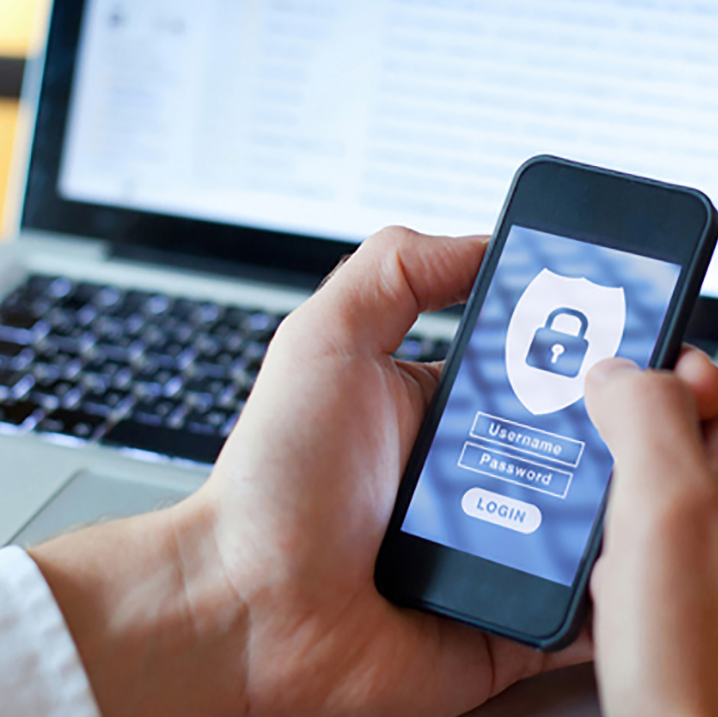8 steps to keep your website secure
Internet security has always been a topic of concern for both visitors and website owners. If you have already decided to create your website, one of your priorities is probably to keep it safe, that’s why today we have for you this guide to protect your website against attacks and possible hackers.
When we hear news about websites that have been hacked we think it only happens with websites of large companies, but it is not necessarily so, because an attack can be suffered by anyone, in fact you can check the most common attacks in your region on the real-time map of cyber threats from Kapersky so you can check the possible risks.
The security of your website should be one of your main concerns, but if you do not know where to start or how to protect it, keep reading because we give you the best tips to achieve this goal.
What dangers can you face?
There are different types of attacks that your website can suffer, such as: phishing, which refers to identity theft; theft of personal data, as sensitive as your email address, bank card details or payment methods; and the injection of malicious software, which can infect the machine of whoever browses your website.
It is important that you keep your website protected from all these attacks, although it seems that they do not affect the operation of your website it is important that you avoid them because they affect the security of your visitors and this generates a bad reputation.
1 Choose a Hosting Provider
This should be the first step to build a secure website, no matter how much you invest in your site, installing plugins and security certificates, because this will not help much if your hosting is the victim of a cyber attack.
A cyber attack to your hosting provider can cause your website to lose valuable information or go offline for a while. That is why you should not skimp on hiring a good hosting service that not only guarantees that its servers are secure, but also takes responsibility for the consequences of any attack.
2 Install an SSL certificate
On other occasions we have already talked about the importance of an SSL certificate for your website, as it is one of the first signs that a site is safe, because when you have installed it next to the URL of your site appears a green padlock, this is highly valued by users and by Google itself, as it reduces the visibility of the websites that do not have it activated.
An SSL certificate means that the site information is encrypted, with a two-way encryption, sensitive data such as bank account numbers, addresses, emails, so it is more complicated that the information can not be stolen or read.
3 Create secure passwords
One aspect that is usually very vulnerable are the passwords, so it is essential that you generate a password for the administration account of your page of a strong security level, try to use numbers, symbols, upper and lower case, it is also important that it is not related to any event in your life and your personal tastes because it will be easier to hack it. Of course, it is also very important that you update it constantly.
4 Choose a protection against DDoS attacks
Surely you have heard that a website is “down”, one of the most common reasons these days is because of denial of service attacks or DDoS. For this, hackers make thousands of infected computers and smart devices try to connect to your website at the same time which causes the site to be unable to process all requests, after this the site collapses and ends up offline for a while.
Although these attacks have increased considerably there are some strategies to avoid them, the first of them is that you contract with your hosting a service against DDoS attacks, other strategies that can work is that you limit the rate of requests or apply an Anycast broadcast network, which help to fragment the flow of requests to make it manageable.
5 Install security plugins
Plugins are snippets of code to do a certain function on a web page, luckily there are many plugins designed to protect your site. If you have WordPress you can install some of the following plugins:
Securi Security which helps you scan your site for malware, the best thing is that this plugin has a free version, which is quite comprehensive.
IThemes Security helps you avoid hacker attacks and unwanted intruders, it is also a great way to keep other plugins, obsolete software and weak passwords up to date.
Wordfence Security is definitely one of the most popular security plugins, mainly because of its simplicity, it has powerful protection tools especially for login. Its most important advantage is that it delivers traffic and hacking attempt trends.
On the other hand, if you have built your website without WordPress you can install SiteLock, the most famous tool for searching and repairing threats, which makes it quite a complete tool for sites other than WordPress.
6 Update your software
Many of the threats to the security of your site are due to the fact that it was not updated, and just as not updating a computer makes it vulnerable to virus attacks, not doing so on our website also makes it very vulnerable.
If you have a website that you have launched with a site builder then you don’t have to worry, because the platform does the work for you. However if you have built your website with a content management system such as WordPress then you are going to have to update when a new version of the system is released, try to download and install all updates with one click, i.e. automatically.
However, there will be many updates that you will have to install manually, making configurations at the code level, so if you are an expert in programming you can do it yourself, but it is best to hire someone to do it for you, because any error can destabilize your website.
7 Make backups
Making backups seems an obvious step, but the truth is that sometimes we trust and forget to back up the information, but it is always advisable to periodically make backup copies of our files, multimedia content, publications and others, so that if in the worst case scenario something happens to our site, the information is safe and ready to be uploaded again.
8 Scan your website
The last step you should do to keep your website safe is to scan it for threats, but this is not a step you do just once, this should be done periodically. This will help you find any malicious software before it can cause serious damage to your website.
Remember that no matter what type of business you have chosen, your website is a fundamental part of it, especially if you decide to sell online, so the security on it is necessary and valuable as it would be security in a physical establishment, this not only helps you, it is a way to gain the trust of your customers. Tell us, do you know any other tips to keep a secure website?

